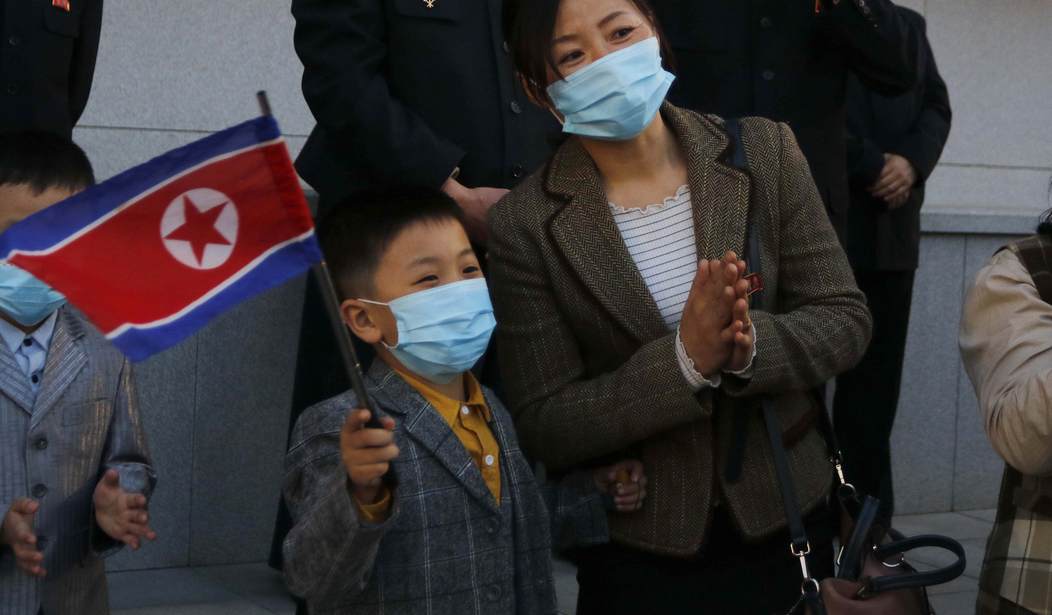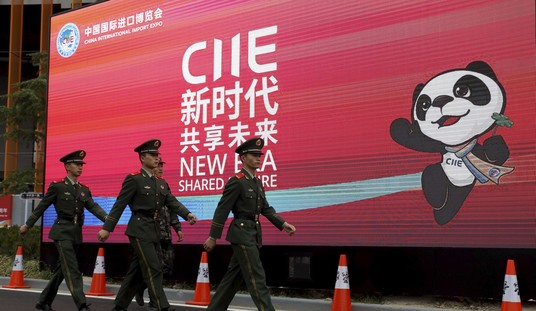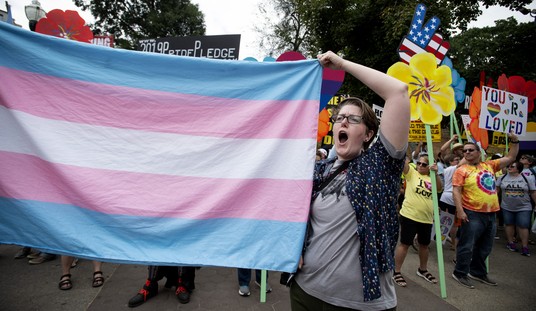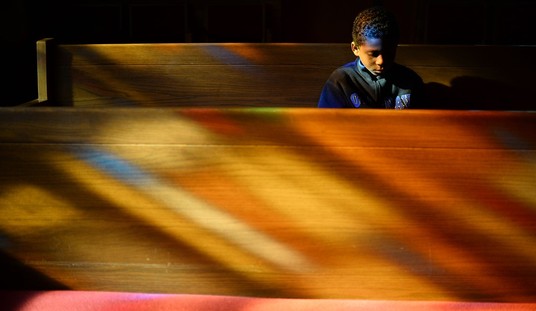Two million cases in a country of 25 million in the span of a week is … bad, right?
For two years, the Hermit Kingdom reported no cases of COVID. That seemed not completely implausible given how tightly North Korea seals its borders. Last week, however, they finally copped to their first case of the virus. Then they copped to tens of thousands of cases. Today alone they “confirmed” another 262,000. I wonder if any nation on Earth has seen upwards of 10 percent of its entire population infected over just seven days.
It’s possible that we matched that number this past winter amid the insanely ubiquitous spread of Omicron. But having 10 percent catch COVID in a population that’s highly vaccinated, with plenty of natural immunity, with first-world health care, and with freely available testing is very different from having it happen in North Korea.
The NorKs have nothing. No one is vaccinated there. No one has been infected previously. There are no therapeutics like Paxlovid. Their health-care system is third-world or worse. They have no COVID tests either; the “confirmed” cases they’re tallying each day are actually confirmed fevers, which they’re presuming (reasonably enough) to have been caused by COVID.
A huge number are malnourished too, of course. If they get infected, they’ll battle the virus with weak immune systems.
North Korea claims that only six people or so have died thus far, which is preposterous. Either they’re lying outright or they’re doing what China does, attributing COVID deaths to any other comorbidity present in the patient unless there are no comorbidities. One professor in South Korea has been modeling what sort of death toll the North might realistically expect from a major COVID outbreak:
Depending on how quickly the virus spreads, our model predicts around 10 million adults will be infected over the next year or two (roughly half of the nation’s adult population). Our model also predicts 280,000 will need hospitalization. For COVID-19, hospitalization is generally characterized by severe breathing difficulty accompanied by the need to use a ventilator.
Predicting death is not as easy since there are many factors (like underlying disease rates) that we don’t have information for. Focusing on the numbers we do have, our model predicts 10 million adult infections will precipitate between 44,000 and 220,000 deaths. Given that North Korean healthcare will likely be ineffective in combatting the virus, with many already suffering from weak immune systems due to malnutrition, I would hazard a guess that North Korea is on course to be much closer to the higher end of this range, rather than the lower.
If they’re already at two million presumptive cases in a week, I’m going to guess they’ll reach 10 million infections a lot sooner than “the next year or two.” Assuming he’s right, though, who’s going to treat those 280,000 who need hospital care? A doctor at Harvard who’s made more than 20 visits to North Korea reports working in hospitals so underfunded that the scalpels were dull from reuse and ventilating patients required manually squeezing a bag every few seconds for hours doing surgery. “They need oxygen, IV fluids, ventilators, personal protective equipment (especially for the health care workers) and antibiotics,” he writes.
Would Kim Jong Un even accept those items if they were offered? One theory for why an Orwellian state like NK would suddenly start publishing news of its outbreak is that they’re looking for help. (“[T]he admission will allow Pyongyang to rebook its initial quota of doses from the WHO-led COVAX vaccine sharing program, which cut the allotted jabs for North Korea to 1.54 million from 8.11 million last year after the country failed to arrange for any shipments.”) But South Korea has reportedly reached out and gotten no reply. And at this stage, apart from flooding the country with Paxlovid, it’s unclear how much meaningful help could be offered. It’s too late to vaccinate the population with a national epidemic in full swing.
Per the WSJ, Kim and his cronies may be disinclined to accept help because they’re viewing the crisis as an opportunity to portray him as “a more active protector,” visiting pharmacies at night to check supplies and publicly criticizing some of his officials for their “non-positive attitude, slackness and non-activity.” If Kim is treating this crisis as a way to reinforce his cult of personality as savior of the nation, he’s not going to ask the South Koreans or the U.S. for assistance.
Besides, he has a new nuclear test to focus on while his citizens are dying.
There’s another major complication. Because the NorKs lack pharmaceutical solutions to COVID, they’re forced to rely on non-pharmaceutical ones to contain the spread — i.e. lockdowns. But lockdowns are very risky business in an economy as fragile as North Korea’s, where famines have killed millions in the past. If the country lacks down to slow transmission, it’s at risk of thousands dying of starvation. If it doesn’t lock down, it’s at risk of thousands dying of COVID. Pick your poison.
Journalists in South Korea peering across the inter-Korean border with telescopes continue to see signs of normal agricultural activity in farms to the south, suggesting there may be a rural-urban divide in how lockdowns are being implemented. The explanation for this seems to be the inescapable reality of what a serious lockdown would mean: an assured and catastrophic famine. May, it just so happens, is the start of North Korea’s rice planting season, which runs through October. This five-month window may, in reality, be a two-month window, as May and June are generally the most favorable for maximizing rice production. Producing rice, as the national staple food, is essential for preventing colossal food shortages.
North Korea has already seen its food stocks run low amid unfavorable harvests during its 28 months of self-imposed isolation. Going all-in on a national lockdown may save lives from the “fever” that’s taken hold across the country, but it could come at the cost of lives lost later to starvation and malnutrition.
The only thing North Korea has going for it is the fact that its population trends young, less than 35 years old compared to 43.2 years old in South Korea. In theory, that should mean fewer severe cases of COVID as people get infected. In reality, it’s anyone’s guess how a malnourished 30-year-old fares when infected with Omicron. After all, the reason North Korea’s population skews younger is probably because comparatively few people there live to a ripe old age even in normal times. Now they have COVID and a possible famine to cope with. Good lord.







